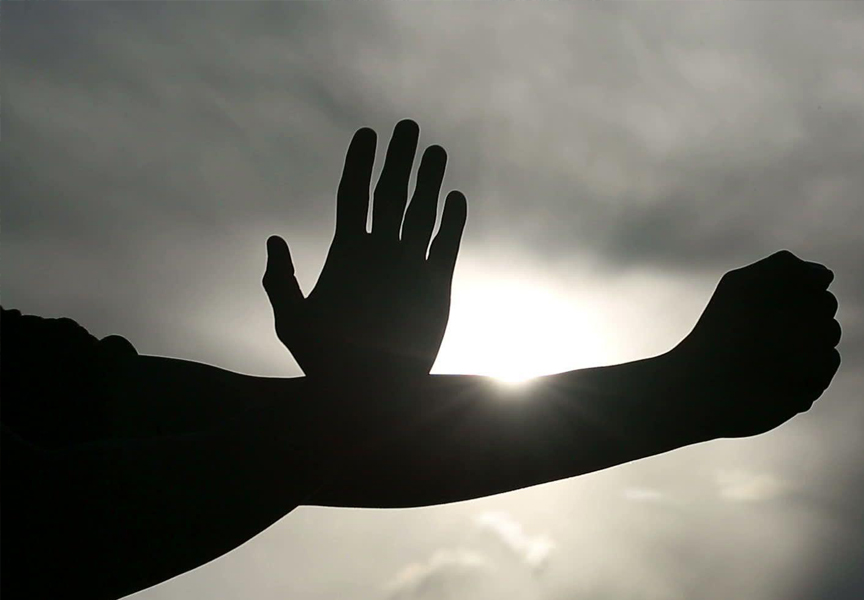Random Free Articles
- The Sacred Path of Shaolin Kung Fu
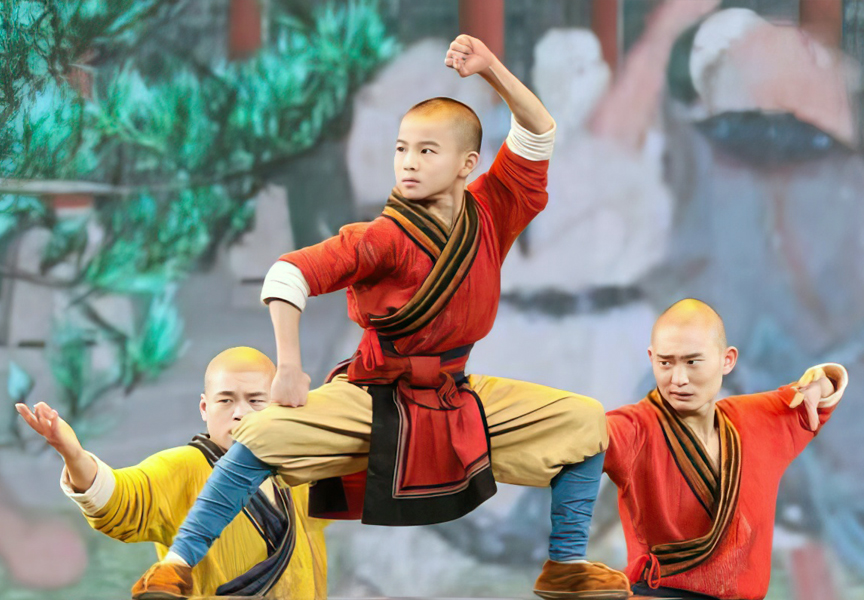
Not for Everyone, but Perfect for Some In the annals of martial arts history, few disciplines evoke the mystique and reverence quite like Shaolin Kung Fu. Rooted in centuries of tradition, Shaolin Kung Fu embodies not just physical prowess, but also spiritual growth, discipline, and a deep connection to the heritage of ancient China. It's a path that demands unwavering dedication, relentless practice, and a commitment that spans a…
- Unveiling the Mystique of Chan Yuan Gong
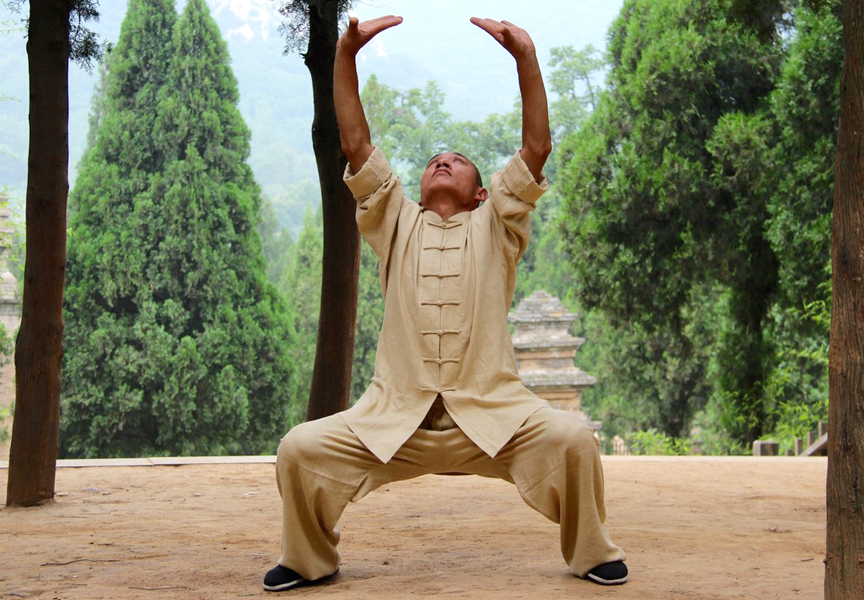
Harmony of Zen, Qi, and Combat Mastery In the heart of the Shaolin Temple's ancient traditions lies Chan Yuan Gong [Chin.: Shàolín chányuán gōng 少林禪圓功], a Qigong set that transcends the boundaries of physical exercise, meditation, and martial prowess. The name, translating to circular movements/exercises of Chan/Zen, encapsulates the essence of this practice that harmonizes the mind, purifies the spirit, and brings a…
- Tapping into the Vital Energy
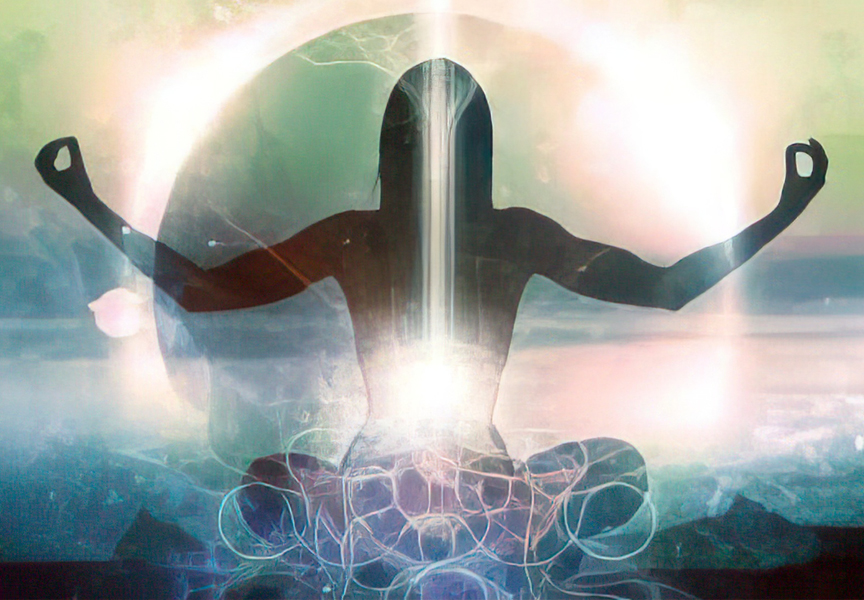
In the realm of ancient Chinese philosophy and medicine, one concept has captured the imagination and curiosity of many for centuries - Qi [Chin.: Qì 气]. Often spelled as "chi" and pronounced as "chee," Qi is a fundamental and vital force that is believed to flow through all living things, shaping our physical, mental, and spiritual well-being. While Qi might sound esoteric to some, its cultivation and understanding play…
- Essence of Wude in Shaolin Martial Arts
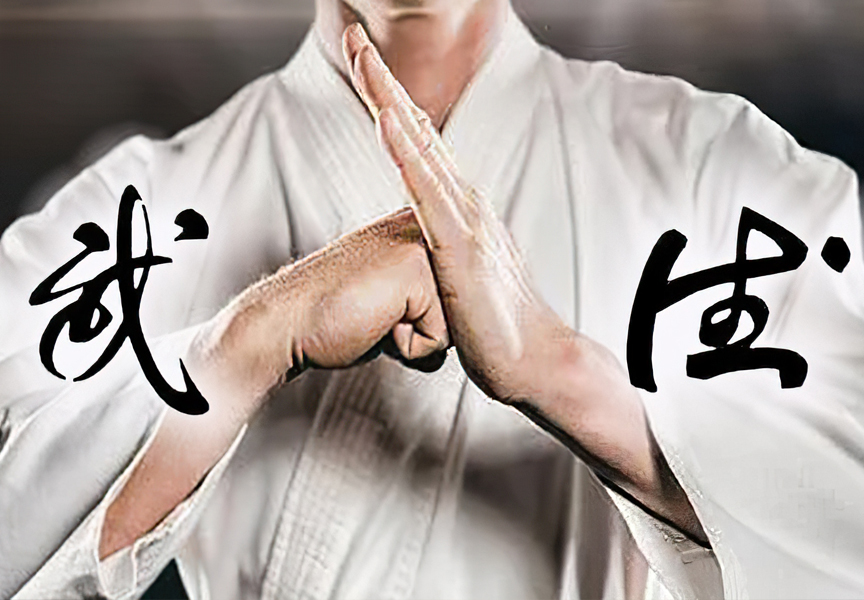
The Pillars of Martial Morality In the intricate world of Shaolin martial arts, where discipline and tradition interlace seamlessly, a profound concept known as Wude [Chin.: Wǔ dé 武德] stands as a guiding light. Wude, translating to martial morality, goes beyond the physical prowess of combat techniques, delving into the realms of character, virtue, and ethical conduct. This ancient philosophy is the heartbeat of Shaolin practitioners,…
- Shaolin Kungfu: A Five-Level Path to Mastery
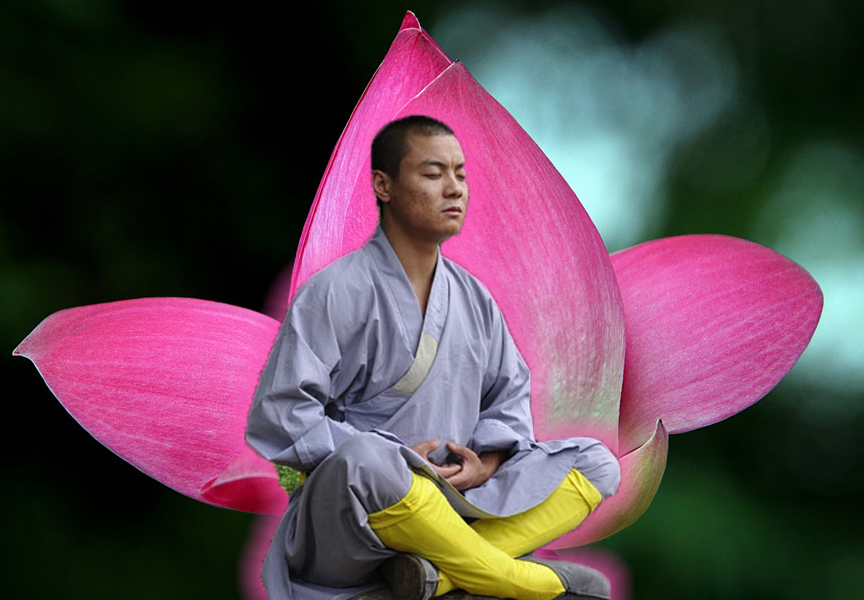
The Progressive Journey of Learning Learning Shaolin Kungfu [Chin.: Shàolín gōngfū 少林功夫] is a journey that mirrors the educational process, akin to progressing through the stages of primary to university levels. This ancient martial art demands a systematic and disciplined approach, starting from the basics and gradually advancing to the pinnacle of skill. Attempting to shortcut this process is akin to skipping foundational…

